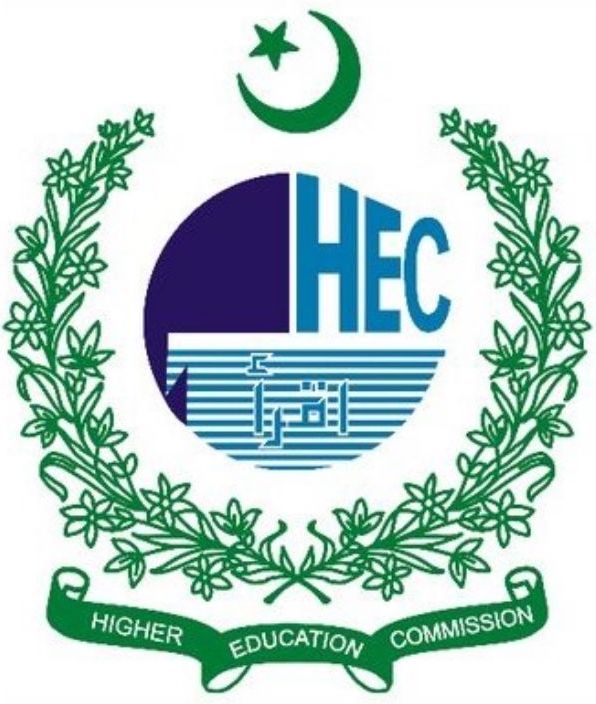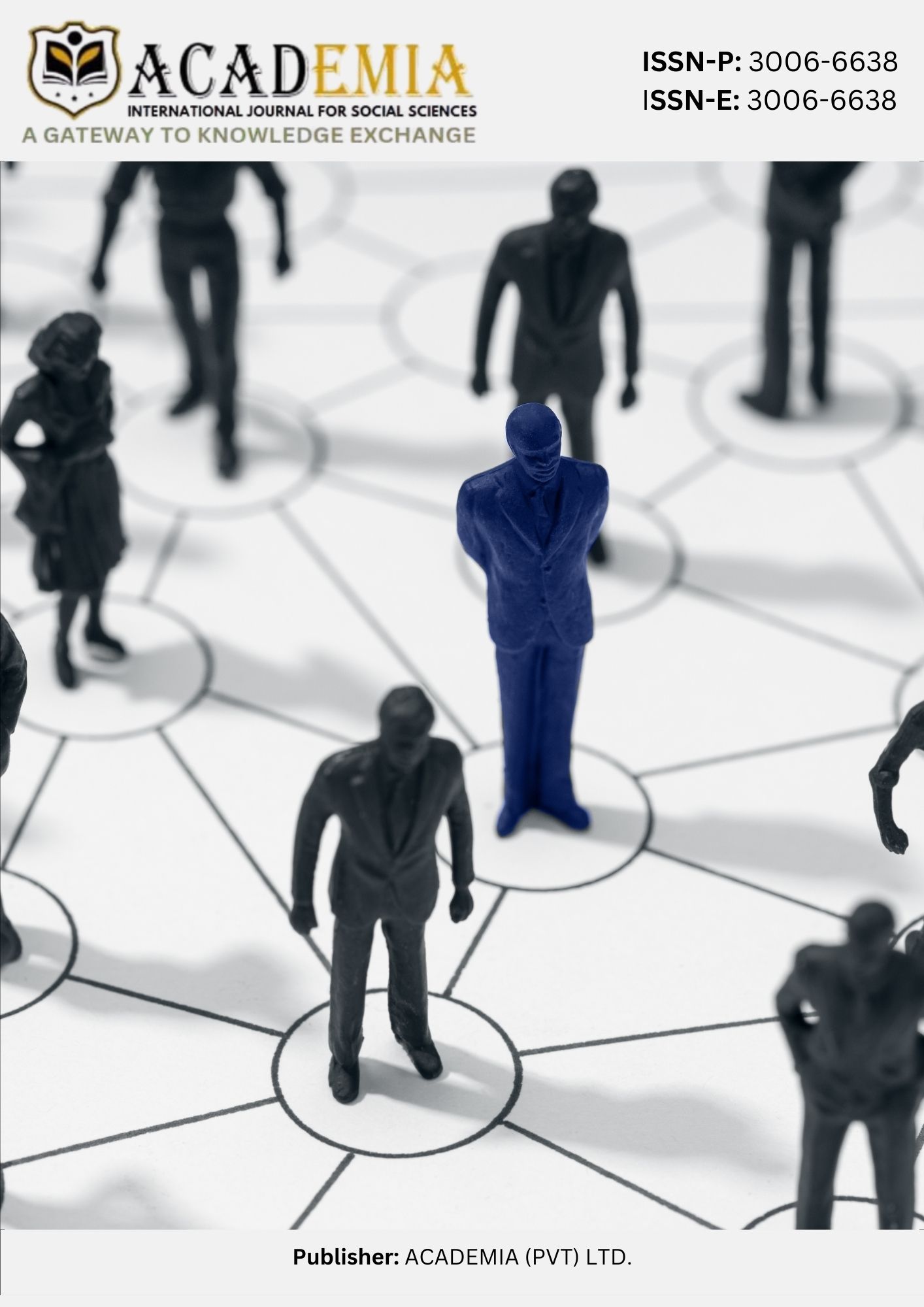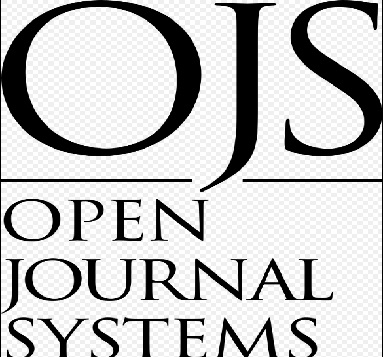Rural-Urban Migration: A Comprehensive Analysis of Motivations and Impacts
DOI:
https://doi.org/10.63056/ACAD.004.03.0592Keywords:
Rural-urban migration , socioeconomic changes , employment , education , better living , District Kashmore.Abstract
The occurrence of migration has persisted for centuries and is influenced by elements such as economic conditions, environmental catastrophes, socio-political circumstances, population growth and urban expansion, armed conflicts, and motives related to family reunification. This study investigates the migration patterns of rural populations to urban areas in District Kashmore, Sindh, focusing on the motivations, socioeconomic changes, and outcomes for migrants. Using a descriptive research design, data were collected from 180 respondents across three Talukas through structured questionnaires and multi-stage cluster sampling. The findings indicate that the primary reasons for migration were employment, education, and better living standards. Familial influence played a significant role, with most of the migrants reporting that their parents decided to relocate. Post-migration, improvements in socioeconomic conditions were observed: 52.78% of respondents invested in housing and private enterprises, 30.56% respondents have prioritized their children's education, and 16.67% reported higher and more stable incomes. The study concludes that the decision to migration from origin to destination results from the lack of basic facilities of education and better earning opportunities along with better living standards. However, migrants perceive moderate change in education and earning opportunities, while there are more investment opportunities in different sectors. Recommendations include strengthening rural development programs, expanding local employment opportunities, and improving educational infrastructure to address migration drivers and promote balanced regional growth in District Kashmore.
Downloads
Published
Issue
Section
License
Copyright (c) 2025 Faisal Karim Memon, Muhammad Asif Rao, Qaim Din Bahalkani, Muhammad Ali Sheikh (Author)

This work is licensed under a Creative Commons Attribution 4.0 International License.












